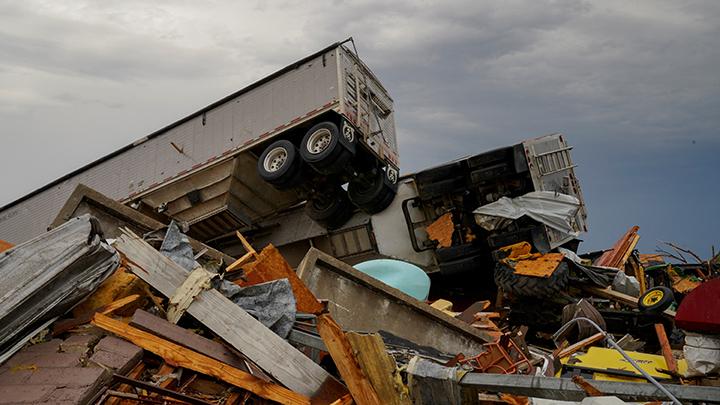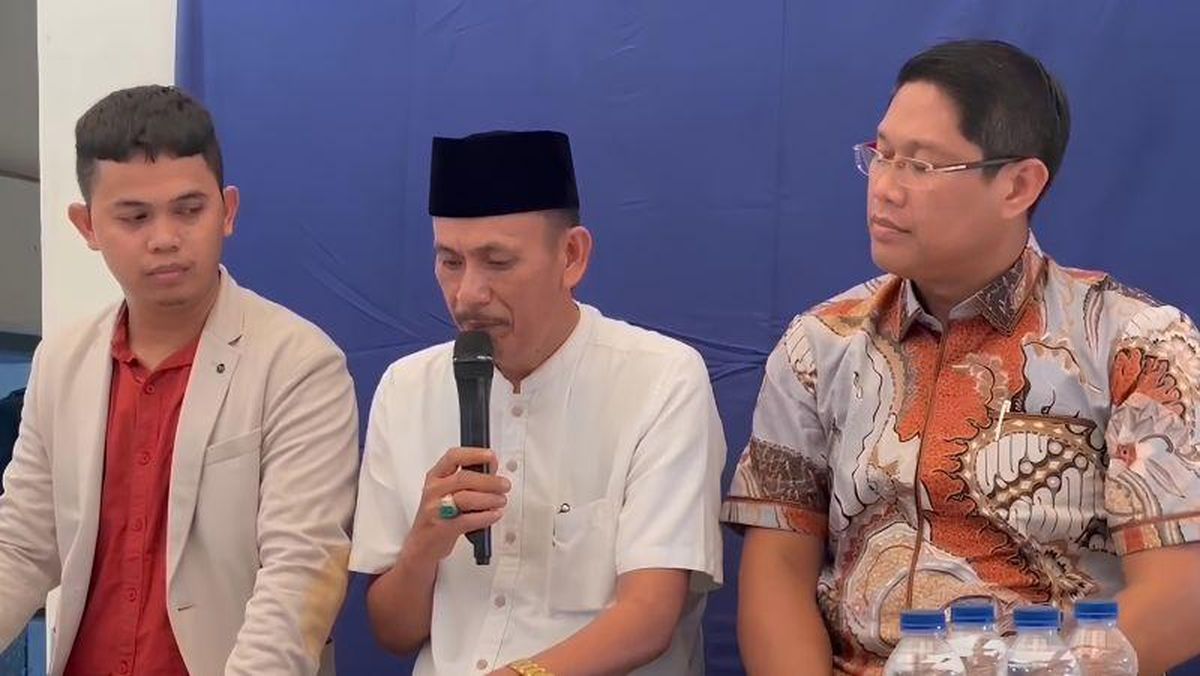Israel on Tuesday, December 10, 2024, denied that they had advanced into Syria beyond the buffer zone Golan Heights occupied by Israel since the overthrow of Syrian President Bashar al Assad by rebel forces, Reuters reported.
After his escape on Sunday ending the 54-year reign of the Assad family, Israeli forces moved into the demilitarized zone inside Syria formed after the 1973 Middle East war. Israel called the incursion a temporary measure to ensure border security.
Here is a brief guide to the Golan Heights, a hilly area spanning 1,200 square kilometers, a fertile and strategic plateau overlooking the Galilee region and also Lebanon, bordering Jordan.
Why is this area disputed?
The Golan Heights was part of Syria until 1967 when Israel captured most of the plateau in the Six-Day War, occupying and unilaterally annexing it in 1981. The annexation is not recognized by most countries. Syria still controls part of the Golan area and demands that Israel withdraw from the remaining territory. Israel refuses, citing security reasons.
Syria tried to recapture the Golan in the 1973 Arab-Israeli war but failed. Israel and Syria signed a ceasefire in 1974, and Golan has been relatively calm since.
In 2000, Israel and Syria held high-level talks on the possible return of the Golan and a peace agreement. However, the negotiations failed, as did subsequent talks.
During the first term of U.S. President-elect Donald Trump in 2019, he expressed U.S. support for Israel's sovereignty over the Golan. This dramatic shift reflects Trump's decision in 2017 to recognize Jerusalem as Israel's capital and relocate the U.S. Embassy to the city, pleasing Israel but angering Palestine and many Arab political and religious leaders.
Why does Israel want the Golan?
Security. Israel says amid the prolonged civil war in Syria, they show the need to retain the plateau as a buffer zone between Israeli towns and the instability in neighboring countries.
The Israeli government has also voiced concerns that Iran, a longtime ally of the Assad regime, is trying to strengthen its presence on the Syrian border to launch attacks on Israel. Israel has frequently bombed suspected Iranian military assets in Syria in the years leading up to Assad's downfall.
Israel and Syria both covet the water resources and fertile land in the Golan area.
Who lives there?
About 55,000 people live in Israeli-occupied Golan, of which approximately 24,000 are Druze, a minority Arab group practicing a branch of Islam, according to analyst Avraham Levine from the Alma Research and Education Center specializing in Israel's security challenges on its northern border. Many Druze in Syria have long been loyal to the Assad regime. Many families have members on both sides of the demarcation line.
After annexing the Golan, Israel offered citizenship to the Druze, but most rejected it and still identify themselves as Syrian. Another 31,000 Israeli citizens have settled there, said Levine. Many of them work in agriculture, including vineyards, and tourism.
Who controls the Syrian side of Golan?
Before the outbreak of the Syrian civil war in 2011, there was an uncomfortable standoff between Israeli and Syrian forces.
However, in 2014, anti-government Islamist rebels stormed the Quneitra province on the Syrian side. The rebels forced Assad's forces to retreat and also attacked UN forces in the area, forcing them to withdraw from some positions.
The area remained under rebel control until the summer of 2018 when Assad's forces returned to the mostly destroyed city of Quneitra and its surrounding areas after Russian-backed assaults and an agreement allowing rebels to withdraw.
What separates the two sides in Golan?
United Nations Disengagement Observer Force (UNDOF) troops are stationed at camps and observation posts along the Golan, supported by military observers from the United Nations Truce Supervision Organization (UNTSO).
Between Israeli and Syrian forces lies a 400-square-kilometer "Separation Area" - often referred to as the demilitarized zone - where the armed forces of both countries are not allowed under the ceasefire arrangements.
The Separation of Forces Agreement of May 31, 1974, created the Alpha Line on the western side of the separation area, behind which Israeli military forces must remain, and the Bravo Line on the eastern side behind which Syrian military forces must stay.
The area 25 km beyond the "Separation Area" on both sides is a "Limitation Area" where there are restrictions on the number of forces and the quantity and types of weapons each side can have there.
There is one crossing point between the Israeli and Syrian sides, which until the Syrian civil war began was mainly used by UN forces, some civilian Druze, and for transporting agricultural produce.
Editor's Choice: Syrian Rebels Appoint New Acting Prime Minister
Click here to get the latest news updates from Tempo on Google News

 3 months ago
66
3 months ago
66













































